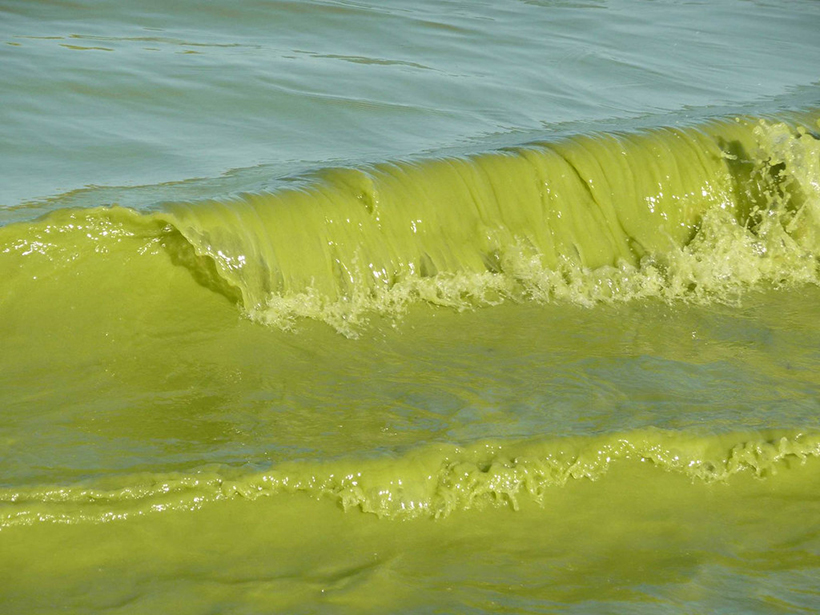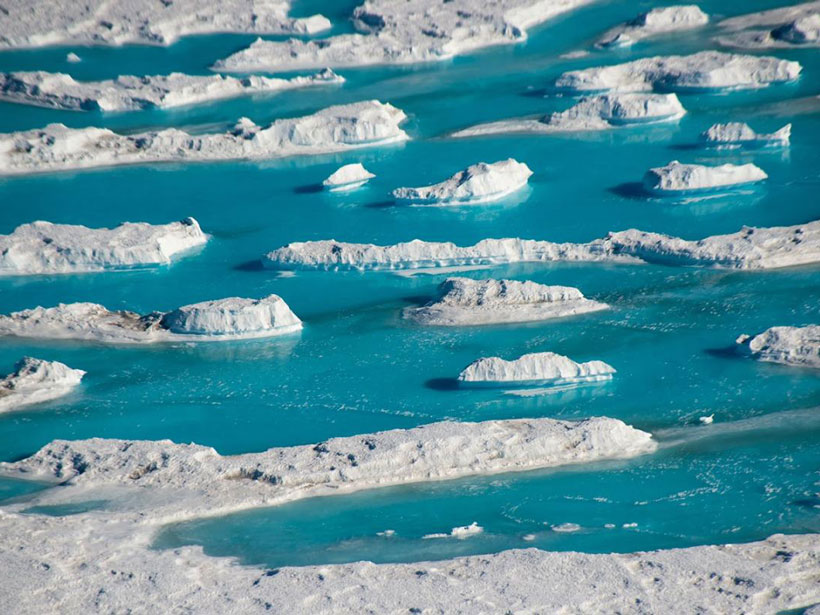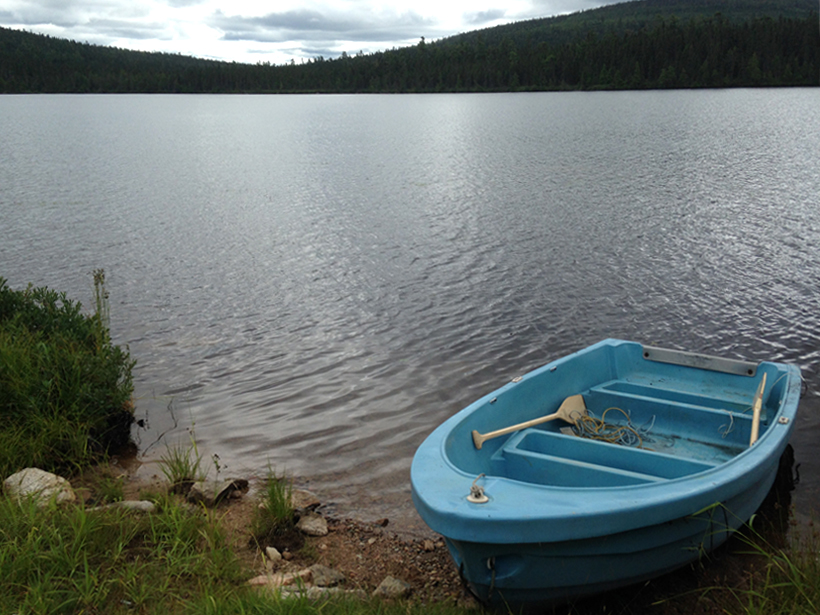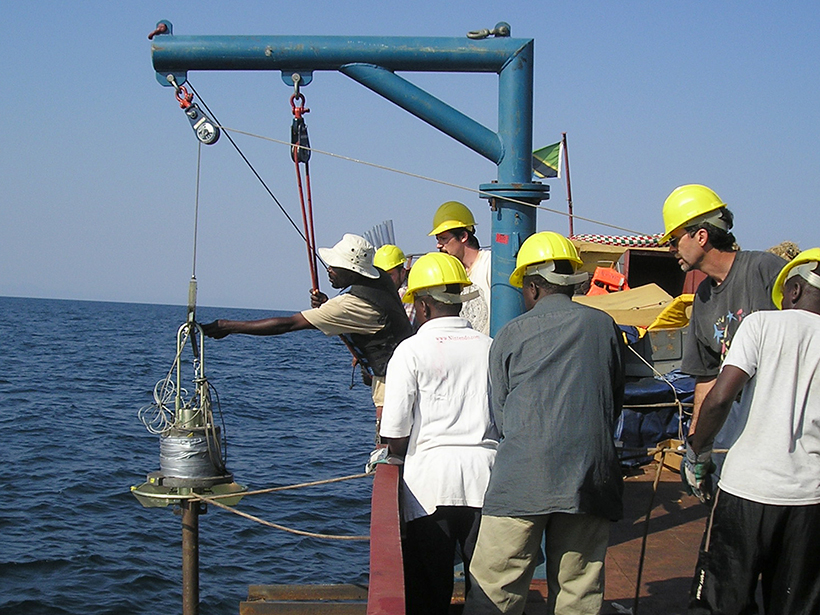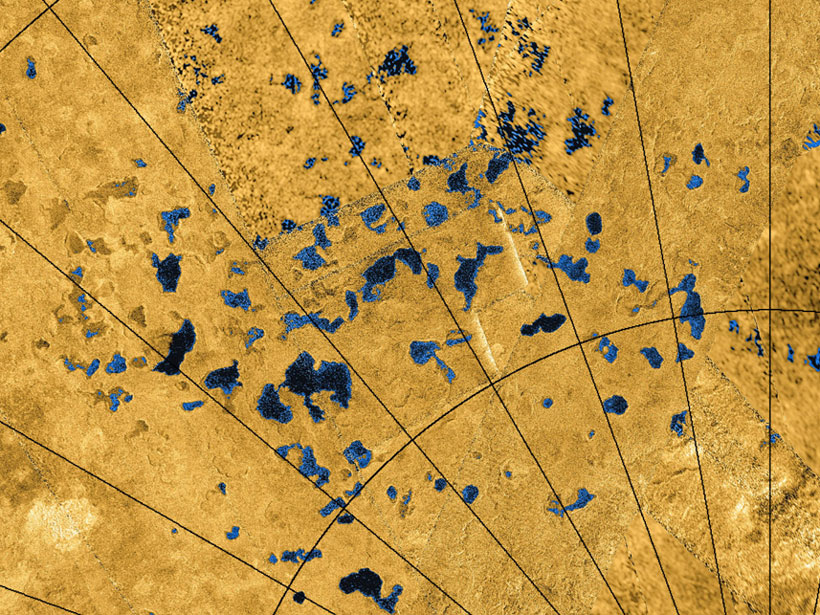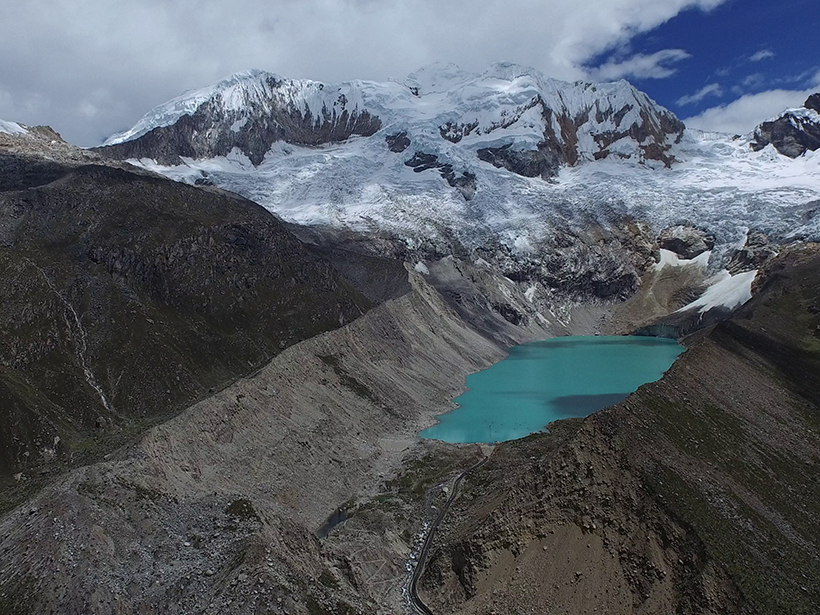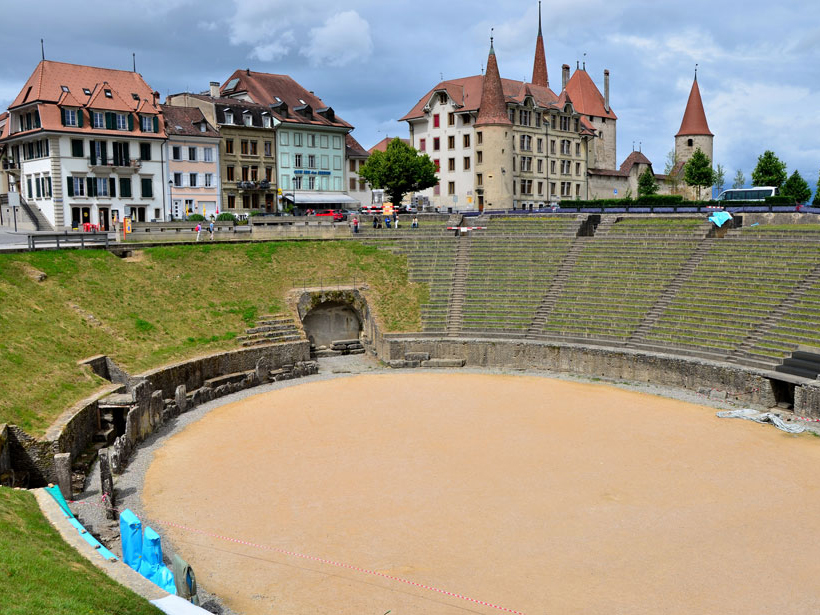Researchers use remote sensing technology to carry out a global survey of large freshwater lakes.
lakes
Freshwater Pools Show Antarctica Is More Vulnerable Than We Thought
East Antarctica’s lakes cluster in patterns similar to those on Greenland’s ice sheet, which is melting rapidly.
The Toxic Legacy of DDT Lives On in Remote Canadian Lakes
DDT and its breakdown products permeate lake sediments decades after the pesticide was banned.
A North Carolina Lake’s Long Legacy of Coal Ash Spills
A new case study suggests that Sutton Lake has been contaminated by multiple coal ash spills, most of them apparently unmonitored and unreported.
Missing Lakes Under Antarctic Ice Sheets
New radio sounding study finds little evidence of lakes under Antarctica’s Recovery Glacier.
Translating Climate Models to the Language of Paleoclimate Data
A new model will help climate models better interpret paleoclimate reconstructions derived from lake sediment and could improve predictions of future climatic conditions.
Titan’s Northern Lake District Has Hidden Depths
Radar and infrared data from flybys reveal new details about Titan’s northern lakes.
Subglacial Water Can Accelerate East Antarctic Glacier Flow
Airborne radar from the Recovery Glacier system demonstrates the importance of characterizing the underlying causes of ice flow speedup to understand how glacial discharge could change in the future.
The Dangers of Glacial Lake Floods: Pioneering and Capitulation
During the past 70 years, Peruvian engineers virtually eliminated the risks posed by glacial lake floods. But climate change and a political blind eye are increasing the dangers once again.
Ancient Romans Polluted Their Lakes Just Like We Do Today
Sediments from a lake in Switzerland reveal that ancient Romans triggered dead zones caused by the runoff of nutrients. Sound familiar?

